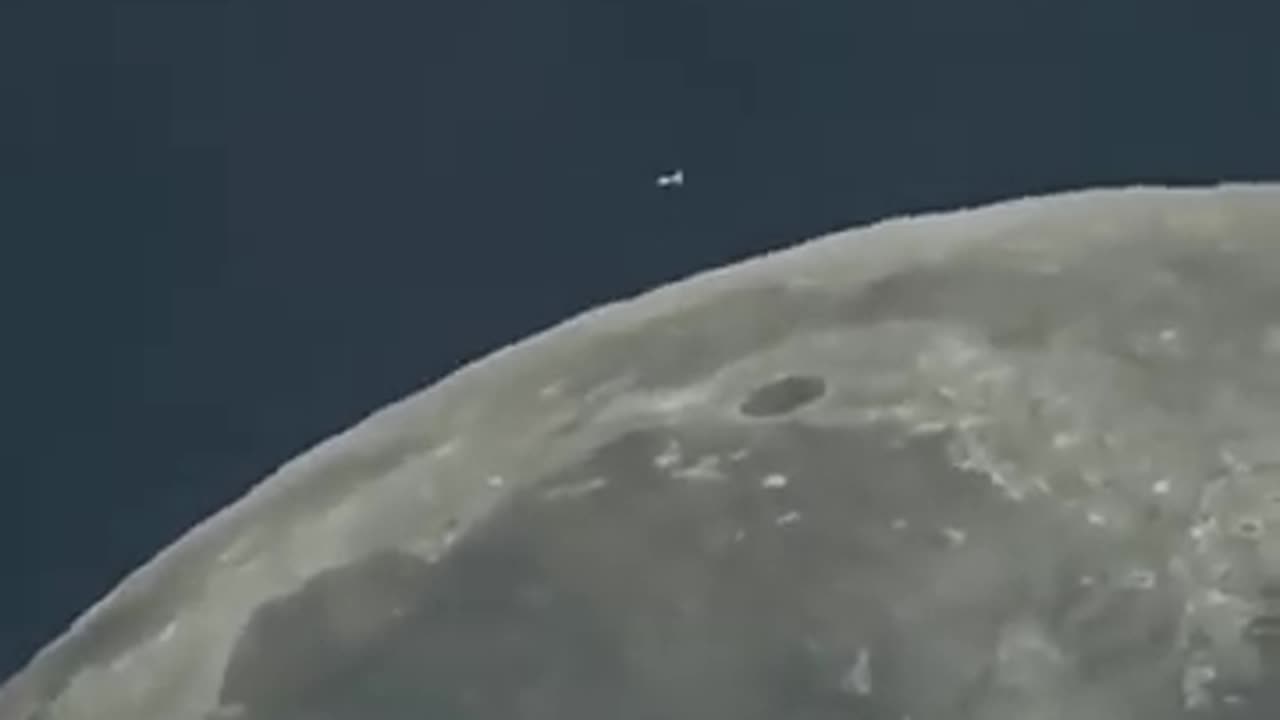Premium Only Content

Closeup moon very deep and surprised 😲😮😲
Moon'
The Moon, Earth's only natural satellite, is a captivating celestial object that has fascinated humanity for centuries. When observed up close, its rugged surface comes into view, revealing a vast expanse of craters, valleys, and plains. The Moon's landscape is a record of ancient impacts, showcasing the history of cosmic collisions that shaped its features over billions of years.
The surface of the Moon is covered with two main types of terrain: the heavily cratered highlands and the smoother, relatively flat maria. These maria are actually solidified lava flows from ancient volcanic activity. The Moon's lack of atmosphere means that it is exposed to the harsh vacuum of space, resulting in extreme temperature variations between its daytime and nighttime sides.
One of the Moon's most prominent features is the stark contrast between the sunlit hemisphere and the dark, shadowed hemisphere. The line dividing these regions is known as the terminator. As sunlight gradually creeps across the lunar surface during the lunar day, intricate details of craters, mountains, and ridges become more pronounced.
The Moon's appearance is also defined by its phases, which are a result of its position relative to the Earth and the Sun. As it orbits our planet, varying amounts of its sunlit side become visible from Earth, creating the cycle of phases from New Moon to Full Moon and back again.
In addition to its visual appeal, the Moon has played a significant role in human history and culture. It has been a source of inspiration for poets, artists, and scientists alike. From its gravitational influence on Earth's tides to its potential as a future exploration destination, the Moon continues to captivate our imagination and drive scientific inquiry.
-
 LIVE
LIVE
80sKiid
4 hours ago $7.47 earnedFirst stream on RUMBLE!!!!!
2,028 watching -
 3:56:31
3:56:31
JakeParker
4 hours ago $5.91 earnedJakeParker is LIVE on Rumble
30.2K -
 LIVE
LIVE
SpartakusLIVE
5 hours ago $11.01 earnedThe Duke rallies squad for LAUGHS into the night with a SMATTERING of TOXIC banter
1,748 watching -
 1:03:51
1:03:51
Flyover Conservatives
22 hours agoGeneration Z’s Revolution: 17 Year Old Author on the Return of Faith, Family, and the End of Feminism - Hannah Faulkner; Economic Update - Dr. Kirk Elliott | FOC Show
21.9K1 -
 1:12:43
1:12:43
Adam Does Movies
7 hours ago $4.46 earnedMoviegoers Are Singing Now! + Lilo & Stitch + Sonic 3 - LIVE!
38.6K1 -
 1:26:05
1:26:05
Donald Trump Jr.
10 hours agoRegime Media Imploding: What’s Next for MSNBC? Plus Michael Knowles & Alex Marlow | TRIGGERED Ep.194
197K181 -
 37:26
37:26
Glenn Greenwald
8 hours agoGlenn Takes Your Questions: On Trump's Cabinet, The G20 Summit, and More | SYSTEM UPDATE LOCALS SPECIAL
68.9K20 -
 LIVE
LIVE
We Like Shooting
14 hours ago $0.81 earnedWe Like Shooting 586 (Gun Podcast)
159 watching -
 52:14
52:14
Uncommon Sense In Current Times
9 hours ago $0.25 earned“Pumpkin Pie Politics: Bridging the Thanksgiving Divide to Protect The Family"
7.62K -
 1:01:28
1:01:28
The StoneZONE with Roger Stone
4 hours agoWhy Jack Smith Owes Americans Millions of Dollars for Fake Investigations | The StoneZONE
29.1K3